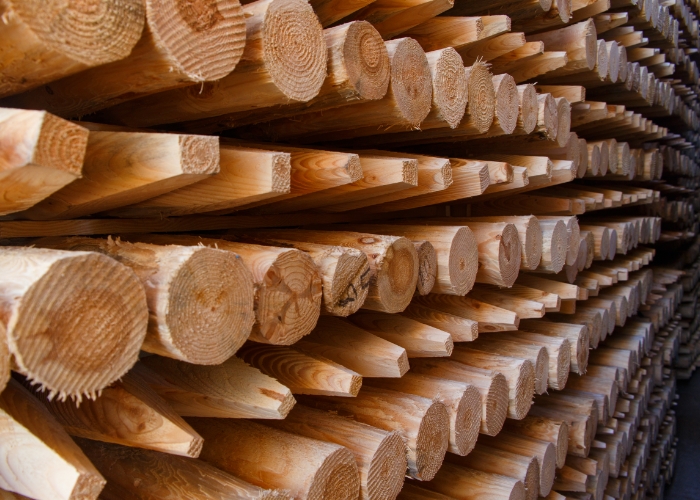Home Warranty market update
Home Warranty insurance: Current market explainer
Anita Wilson, chief executive officer, HIA Insurance Services
Home Warranty Insurance (also known as Domestic Building Insurance, Building Indemnity Insurance and Home Owners Warranty Insurance) can help provide cover to a homeowner (and any subsequent owner) in circumstances where the contracted building work isn’t completed, or the builder is unable to fix defects. The failure to complete or inability to fix defects could be due to the death, disappearance or insolvency of the builder, or, in some states, because the builder has failed to respond to a rectification order issued by a court.
What has recently changed nationally for Home Warranty insurance?
The residential construction market has changed, and some builders are facing uncertain conditions. Here’s an overview of what each state insurer has recently introduced to adjust to this new operating environment.
VICTORIA
From 1 September 2023, the Victorian Managed Insurance Authority (VMIA) has advised that Domestic Building Insurance (DBI) premiums will increase by 43 per cent. This change is being introduced following significant increases in costs arising from VMIA’s growing claims exposure to large builder insolvencies in the past year, as well as the impact of recent high inflation rates and expectations of continuing inflationary pressure. This change is necessary to ensure the stability of the DBI portfolio.
NEW SOUTH WALES
In October 2022, iCare reduced construction type categories from nine to five. This was to align with the guidelines the State Insurance Regulatory Authority (SIRA) published for managing Home Building Compensation (HBC) insurance premiums and eligibility. With the construction type changes came new base rates for each of the five construction types.
iCare’s objective is to ensure the scheme remains financially sustainable and can continue to protect NSW homeowners by adjusting premium base rates. Following a successful premium filing submission to SIRA, iCare have applied further premium changes to H02 (Building Work to an Existing Residential Apartment) and H03 (New Residential Apartment Building Construction) categories. These premium rate changes came into effect on 1 July 2023.
ACT, South Australia, and Western Australia
In April 2023, changes were made by QBE to the Builders Indemnity Insurance and eligibility limits of builders in the ACT, South Australia, and Western Australia. QBE is the APRA regulated insurer engaged by the relevant state governments to deliver the product on their behalf. It now costs more to undertake any building work, which means builder eligibility limits are used up rapidly and existing job profile limits are inadequate. To support the industry, eligible builders have been given an increase to their current eligibility limit and job profile limits.
The changes include:
- Builders with an eligibility limit between $1 million to $5 million have had their current approved limit increased by 50 per cent to a maximum of $6.5 million.
- Builders with an eligibility limit between $5 million and $50 million have had their current approved limit increased by 30 per cent.
Job profile limits have been increased - for those with an existing approved profile - by 30 per cent for structures greater than $700,000 and swimming pools. The minimum job profile limit category has been increased to $700,000.
The process to apply for Home Warranty
The process for builders to apply for Home Warranty insurance can be very complex. A broker can support you through this by providing specialist knowledge and experience to help a builder with an application. HIA Insurance Services is a market leading provider of Home Warranty insurance. To help builders, it is essential to summarise the process of applying for Home Warranty Insurance and, from our experience, what information helps support a successful application.
In most cases, a builder is required to complete an eligibility application, and these applications differ depending on the state’s rules and regulations. You could also be asked to provide information such as business plans, financial documentation and building contracts to support your application. To help your application be successful, in our experience, the following aspects are critical:
- Prompt engagement with the insurer where there are requests for additional information
- Experience (time working and types of projects) in the industry
- Good financial performance
- An accountant that understands the unique requirements of financial reporting for the building industry
- Applicant understands and accepts steady growth (working with the insurer to achieve growth in a sustainable timeframe).
Upon reviewing the documentation, your broker will prepare your submission to the insurer.
The insurer or regulator (as applicable) will then review the application. If the application is successful, you will be issued with a certificate of eligibility or terms that specify the value of residential building work you may undertake. Certificates for jobs requiring a Home Warranty Insurance policy may then be issued subject to the terms of the eligibility.
On an ongoing basis, eligibility is subject to review. These reviews can occur at different times and for various reasons in each state. For example, an insurer or regulator could review a builder’s eligibility if their circumstance has changed and if they have identified a possible risk.
Brokers can support and guide through the application process, so engaging with specialists in residential construction insurance is recommended, particularly given the challenging market conditions across Australia.
Resources & Quicklinks
Featured News and Education

Could a building material shortage affect your insurance cover?
Learn how the construction material shortage in Australia can affect your bottom line & impact your Construction Works Insurance policy.
Read article
Ultimate Guide to Building Insurance & Construction Insurance
There are many types of construction insurance for builders that can cover you from financial risk, theft & accidental damage. Read our ultimate guide now!
Read article
What is a Certificate of Currency?
A Certificate of Currency proves you have an up-to-date insurance policy in place and are ready to work.
Read article
